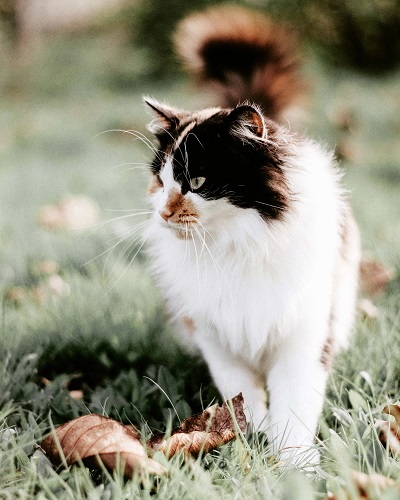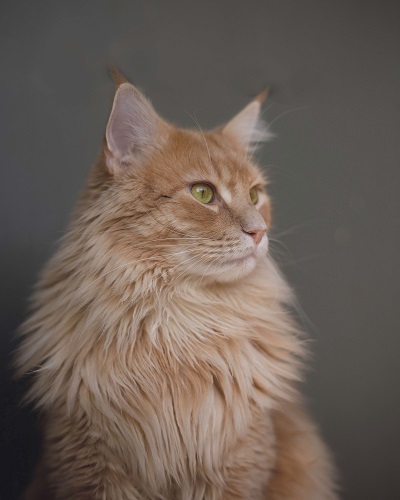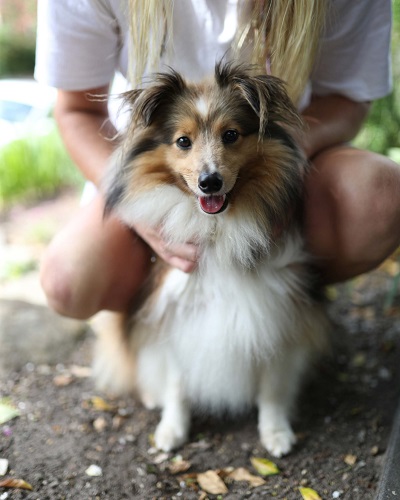There’s a chill in the air. It’s winter again and the temperature is plummeting. Heaters are on. Beanies and umbrellas are at the ready. But what about preparation and care for your furry friend? Dogs and cats, both short haired and long-haired breeds, need extra special care in winter, just like humans do.
A seasonal checkup for aches and pains
Consider a winter health check-up to ensure your pet is at their best for the cooler months ahead. Just like humans, dogs and cats can be susceptible to coughs and colds. Some dogs could be prone to airway disease (dynamic airway disease/bronchitis), while cats can be prone to feline asthma (allergic airway disease). Joint pain and arthritis can be another winter ailment for family pets. Arthritis is painful and this can affect their agility and enjoyment of life. If your dog or cat is not as active as usual, if they seem a bit stiff or avoid stairs, jumping onto surfaces or are limping they may have arthritis. We can help relieve their stiffness or pain, please book in a consultation with your local Greencross Vets.
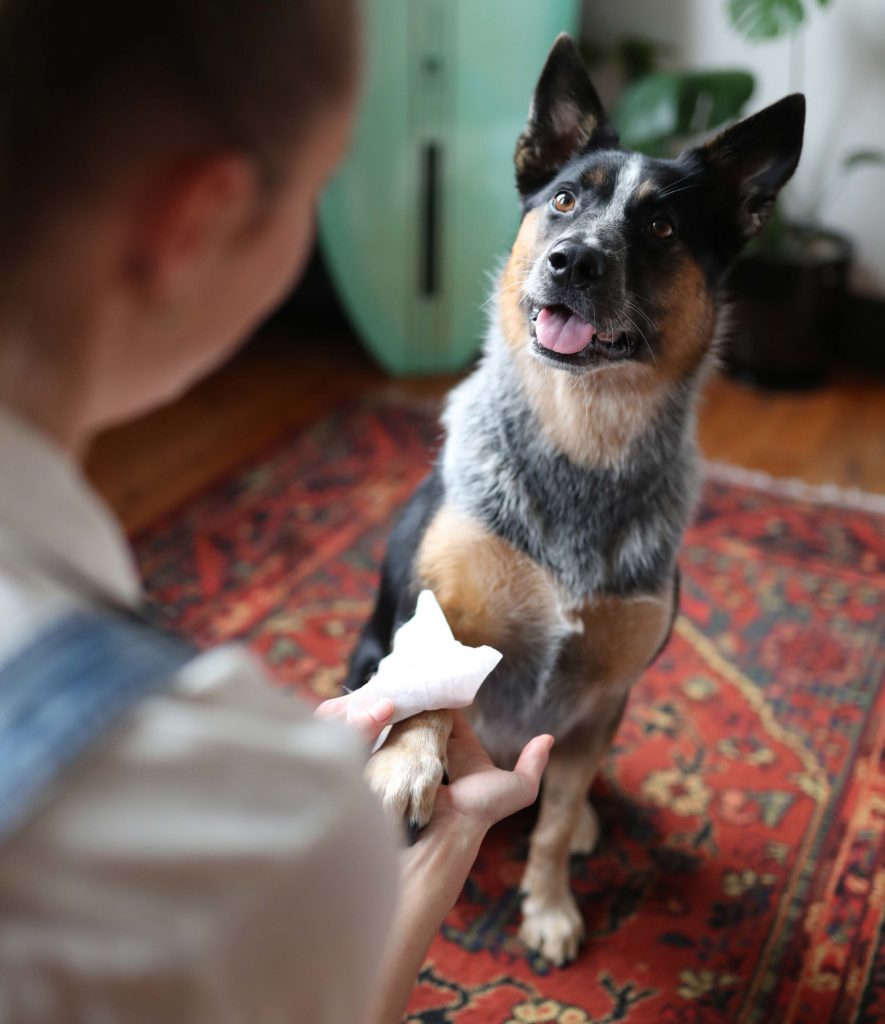
A winter grooming routine is important
During the cooler, wetter months, your dog’s or cat’s grooming is important to maintain. It’s easy to become less vigilant, but a wintry outdoor environment can see your pet exposed more frequently to mud, puddles, wet grass and bushes. This can make them prone to knots, matting and possible grass seeds stuck in skin or hair (most commonly in paws, under the tail, ears, armpits or the groin region). So, if you have a regular routine of brushing, combing or washing your four-legged friend, keep that up, placing an emphasis on helping them to get dry and warm as quickly as possible. If washing your dog, aim for once every 1-2 weeks, use a gentle, soap-free pet shampoo and dry them off quickly with a warm towel. Always use warm water when bathing to ensure your pet’s comfort.
With long haired breeds, pay particular attention to their undercarriage and other areas that may attract seeds or matting. Even though having a full winter coat is nice, consider clipping, shaving or tidying up your long-haired dog or cat, so their grooming is easier to maintain. Don’t forget to trim their nails in wintertime too. With a long-haired pet, you may not see their nails often, so be sure to check that they are not too long. Some dogs have dew claws which is a nail located on the inside of their leg, these can grow long because they are not naturally worn down. If your pet’s nails are long, please book in for a nail clip.
Book in a consultation with your local Greencross Vets if you have any concerns or would like to know more.
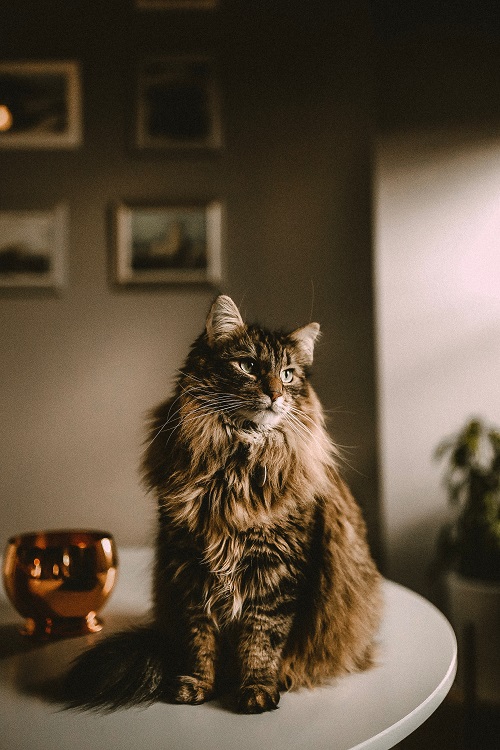
Consider a winter coat
Humans often have a favourite coat or protective jacket. How about your littlest family member? Dogs, even breeds with long coats, will feel the cold in winter and we recommend providing a waterproof coat, vest, flannel jacket to keep them warm. Our friends at Petbarn have an extensive range available and you can even take your pet to the store to try them on. Hi-vis leads, collars or jackets are great for low light evening walks. There are so many options in the functional fashion space now for dogs (and cats), so make sure they rug up for their winter strolls. If you have a short haired dog or cat, or even a hairless breed such as a Chinese Crested dog, or a cat with a sparse coat such as a Cornish Rex, they may feel the cold even more as they don’t have that extra layer of natural protection. Ask your local Greencross Vets if you’d like any further advice for your individual pet.
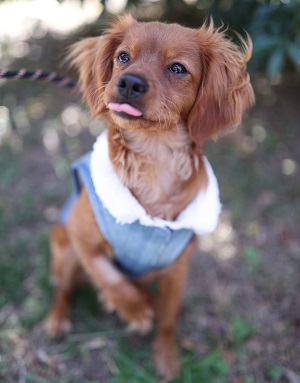
Keep their environment warm
Keep your pet’s bedding warm, clean and dry, protected from the elements and draughty doorways. If your dog sleeps outside in a kennel, ensure it’s warm and dry with a soft yet supportive mattress, blanket or cushion. Perhaps consider moving them to a warmer shelter or keep them inside for the coldest months. If you keep your beloved pet in a heated indoor environment, make sure it’s a moist heat (such as gas) instead of a dry heat. You could humidify a heated environment with some extra water bowls, which your pet will appreciate too when they’re keen for a drink.
Watch their diet and weight
In winter, it’s critical to watch your pet’s weight with complete and balanced nutrition and a healthy exercise regime. The days are shorter and exercise may not be a priority, so it’s easy for your dog to get a little lazy and move less (just like us!). However, as the body tries to warm itself, it needs more energy and so your pet’s food intake may actually increase to keep warm in chilly temperatures. This combination could translate into unhealthy weight gain. Balance your pet’s food intake, energy needs and exercise. Consult your vet if you’re not sure of how to keep your pet’s nutritional needs covered without them gaining weight. Obesity in pets is a serious health issue and often starts in winter. Watch your pet closely, help them eat well and stay active. Talk to your local Greencross Vets if you have any concerns about your pet’s health.
The good news in wintertime
There is some good seasonal news for dogs and cats in the cooler months! They tend to have less skin or hair problems like rashes, and less exposure to ticks and other parasites (although they may still have fleas and worms). Your heat-seeking cat will probably give you more lap time and love too, and your loyal dog will want to share the couch with you, so there can be plenty of family bonding indoors at this time.
At Greencross Vets, nothing is more important than the health and wellbeing of your four-legged friend. If you have any more questions, please reach out to your local Greencross Vets. We’re more than happy to help!

 Greencross Vets
Greencross Vets 